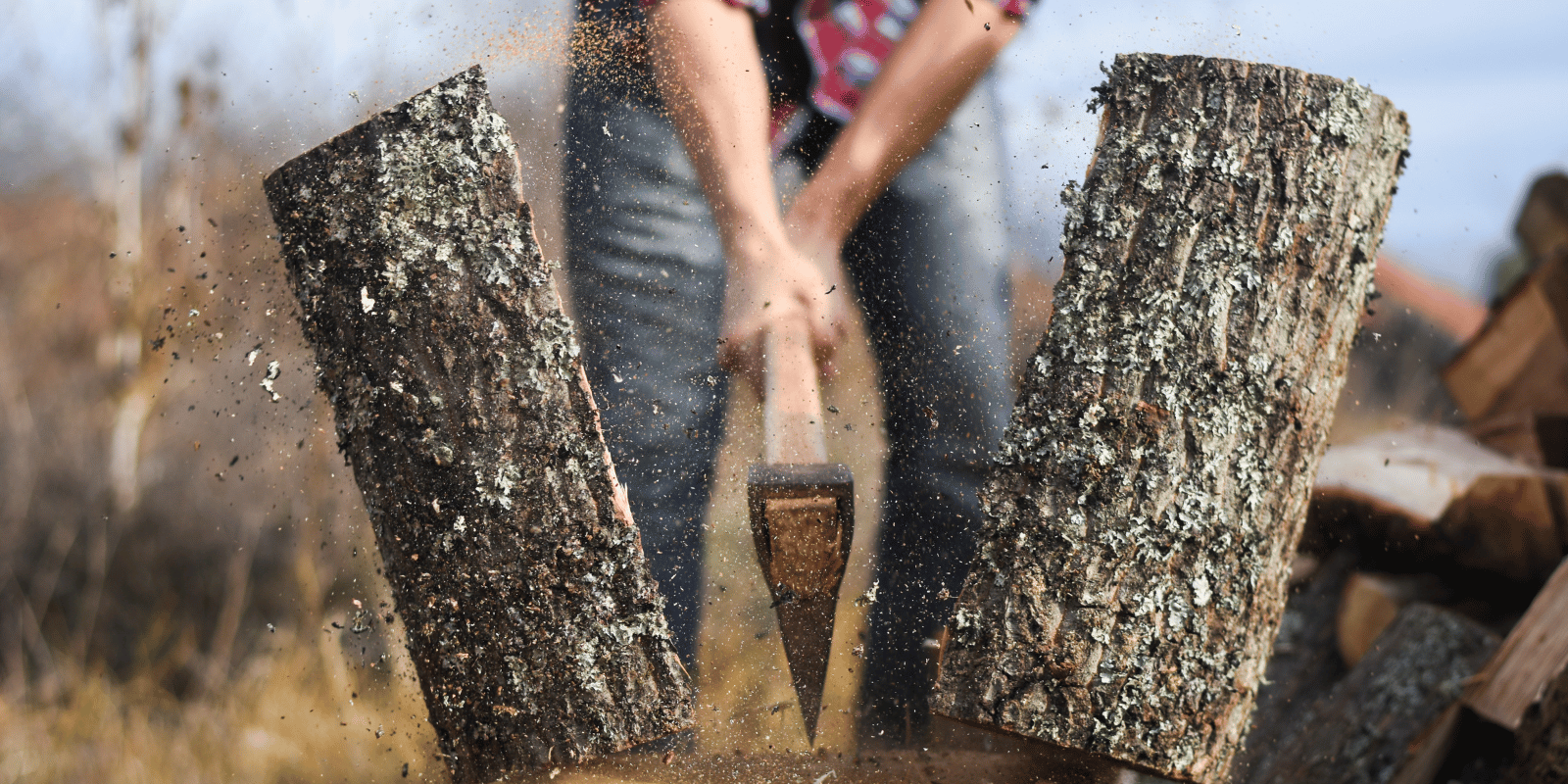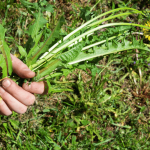A wood-burning fire on a cold winter night is hard to beat. However, you must know how to cut wood in order to enjoy that warmth. You may be stocking up in the winter, or heating your cabin, or you may even enjoy the satisfaction of chopping your own wood, but no matter the case, knowing how to chop your firewood correctly is one of the necessary outdoor skills.
This guide will take you through all that you should know including the selection of the appropriate wood and tools to use, as well as learning safe and effective methods of chopping.
Step 1: Choose the Right Type of Wood
Before you pick up an axe, you should know what wood to burn. Firewood can be broadly divided into two types, namely, hardwoods and softwoods.
Hardwoods
Examples: Oak, maple, hickory, ash, and birch
Best For: Prolonged high-intensity fires
Why: Hardwoods are denser and thus they burn slower and hotter
Tip: It is excellent for heating houses in cold winter seasons
Softwoods
Examples: Pine, spruce, fir, and cedar.
Best For: Kindling or short fires
Why: Can be split more easily, but burns fast
Tip: Best when making campfires or when you need to start a fire fast
When you are preparing wood to be used in heating, use seasoned hardwood, as it will be easier to burn and will leave less creosote in your chimney.
Step 2: Gather the Right Tools
You do not need fancy equipment to cut firewood, but the correct equipment is significant.
Here’s what you’ll need:
Splitting Axe or Maul
A splitting axe is created to cut across the grain of the wood, whereas a maul (heavy and wedge-shaped) is recommended on more difficult logs.
For beginners: A maul can be simpler as the weight aids in pushing through the wood.
For precision: Use a lighter splitting axe to gain more control.
Chopping Block
A heavy chopping block—a large, flat piece of wood or a piece of a tree trunk—should be used to get the log off the ground. This will keep your axe off rocks or dirt, and you will be less likely to be struck.
Safety Gear
The first thing when working with axes and heavy logs should always be safety.
Wear:
- Safety glasses or goggles
- Work gloves
- Steel-toed boots
- Long pants and sleeves
Step 3: Prepare Your Work Area
- Locate a level and open area with lots of space around you. Remove trash, stones, or loose tree branches that may make you fall or lose your balance.
- Avoid wet or icy surfaces. They can cause the log to be slippery and are risky in terms of injury.
- Keep animals and human beings at least 10 feet away during chopping.
- Place your chopping block on a level piece of ground, and place your log firmly on the block.
Step 4: Inspect and Position the Wood
- Check the log before swinging, watch out for knots, cracks, or irregularities. Logs that have big knots are more difficult to cut, and when you are new to chopping, you should use straight-grained pieces.
- Lay the log on the chopping block so that the broader end is downwards. Then ensure it does not rock. If it is not stable, first adjust it or cut a flatter base.
Step 5: Master the Proper Chopping Technique
Chopping firewood effectively is more about technique than brute strength.
Grip the Axe Correctly
- Put your stronger hand by the bottom of the handle and your other hand by the top.
- When swinging, use your highest hand, and move it down the bottom to gain power.
Use Your Body, Not Just Your Arms
Keep your feet at a shoulder-width distance. You should swing, not only with your arms, but with your legs, hips, and shoulders. This assists in creating greater force without harm.
Aim for the Center
Find natural cracks or lines on the wood; these are weak points. Swing towards those locations. If the log does not split with the initial strike, turn it on its side and strike.
Follow Through
Allow the axe to complete the movement rather than halting in the middle of the movement. This offers a purer, more efficient cut.
Step 6: Split Larger Logs Safely
If you have a large or hard-to-cut log, do the following:
Wedge method: In the center of the log, press a metal wedge with a sledgehammer. When it breaks, split it with your axe.
Quartering: Divide the log in half, then half again. Larger logs can be cut into smaller sizes, and they will dry much quicker.
Remember to take breaks and stay alert because fatigue can lead to accidents.
Step 7: Stack and Store Firewood Properly
Split up, and dry your wood (season). New or green wood is very moist, so it will not burn.
Tips for Proper Seasoning:
- Arrange the stacked wood in one row that allows free air circulation.
- Place the stack on pallets or logs, not on the ground.
- Use a tarp on top, but leave it open on the sides.
- Allow the wood to dry 6-12 months prior to burning.
- Well-seasoned firewood will be grayish in color; it will be lighter in weight and will make a hollow sound when struck together.
Tips on Firewood Chopping Safely
- Always cut wood on a firm surface, neither on concrete nor on stone; the axe may skip and cut.
- Never use an axe without first checking its head to be sure it is secure.
- Don’t rush; speed does not matter, but accuracy does.
- Keep hydrated and take breaks. Chopping wood is hard work!


